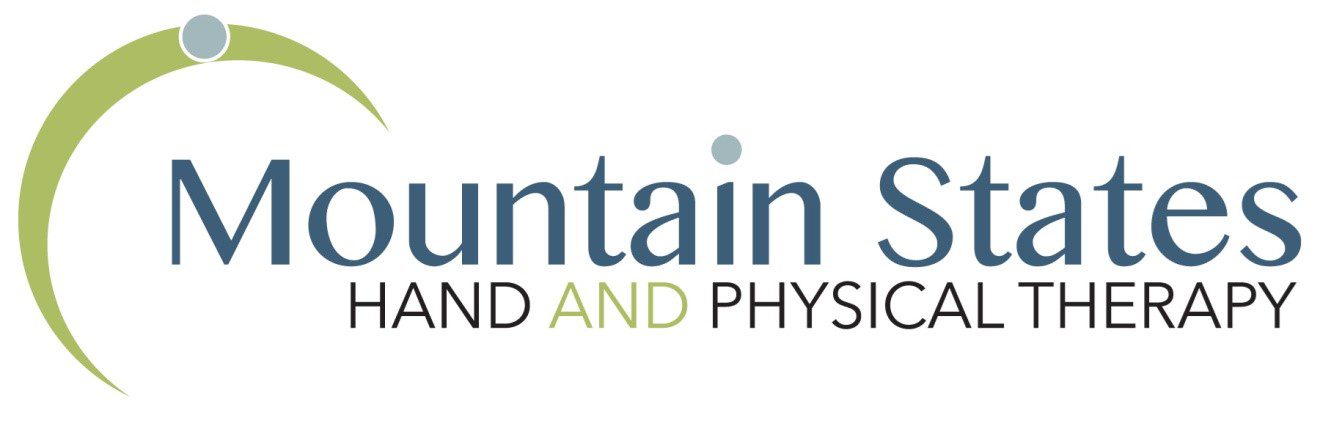

"This place rocks! My life would be miserable without PT - with that being said - this place makes me feel like we get work and healing accomplished - I THANK YOU for your kindness while accomplishing the hurdles!"
-Julia
"Thank you for being very cautious taking our temperatures with coronavirus, cleaning facility, and spacing chairs, etc. as well as hand washing by patients and therapist. John has been my "life saver" with the aching, breaking, aging of my dear old body, to return me to a healthier frame of "body & mind." He encouraged me to practice my exercises and daily walking routine, so I can be "forever young," rather than an old Fuddy Dud!"
-Rick
"I feel as though I am getting treatment and assessments that are actually relevant and are being given by someone who cares."
-Devon
"Pam is wonderfully insightful and instructive. She has helped immensely and shown me a way to mitigate my pre-hip surgery issues. She is also very warm and encouraging."
-Linda
"Sheila is the best therapist I ever had. Mountain States is one of the best I have been to."
-Janice
"John is the best Physical Therapist I've ever been treated by. He is extremely knowledgeable and explained what he was doing very well. EXCELLENT!"
-Nicole
"Jane is very personable and a friendly lady. She is patient & doesn't rush the treatment! She's encouraging - makes you want to exercise."
-Judy
"Great people, Sheila makes it a totally pleasant experience. I highly recommend!"
"...Her calm, supportive nature is refreshing and she truly listens. Highly recommend this practice and Janessa!"
"Elizabeth was far and away the most thorough, knowledgeable, and thoughtful care provider I've ever had the pleasure of working with. She gave all my questions equal consideration and was very practical and straightforward about what to expect over the course of my treatment."
"Working with Paul Bailey has been such a pleasure. He is effective, kind, and really makes your goals a priority in your recovery. I would recommend him to anyone looking for a physical therapist!"
Request an Appointment in person or via Telehealth
Contact us to schedule an appointment or to learn more about the treatments we offer. For your convenience, we have offices in Wheat Ridge, Arvada, and Louisville, Colorado as well as telehealth appointments.
